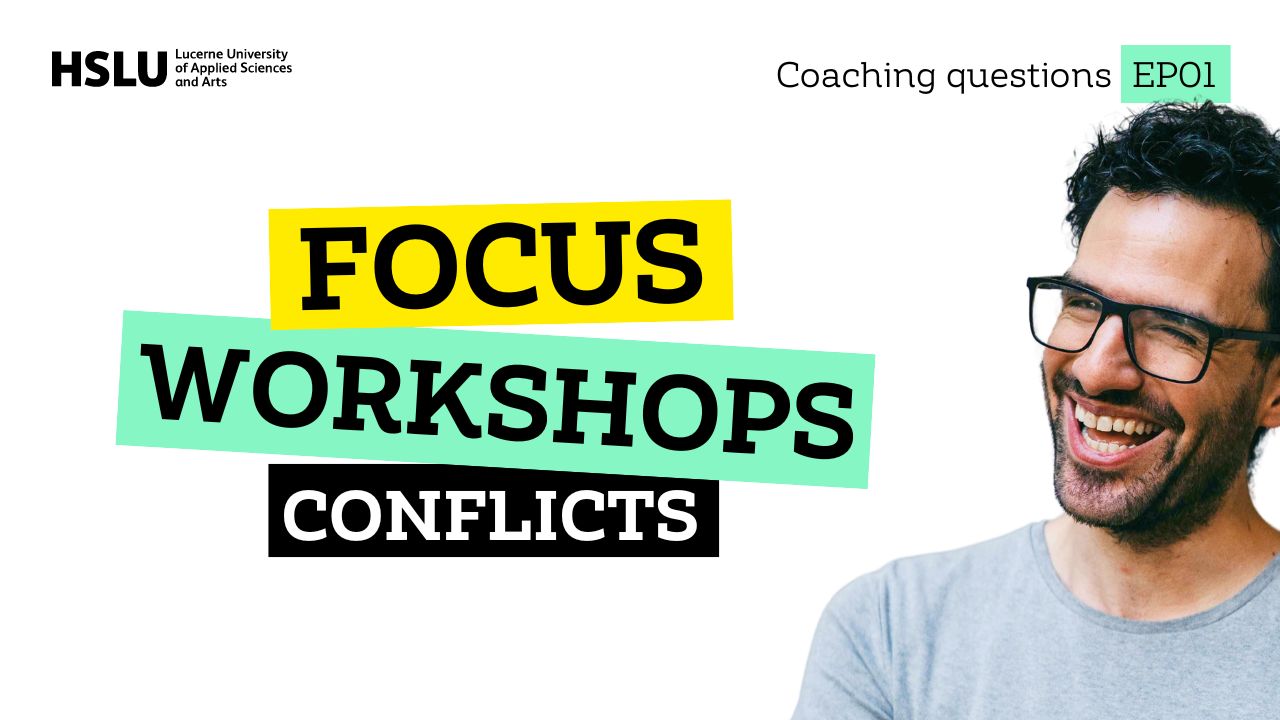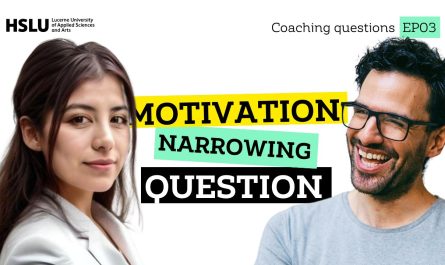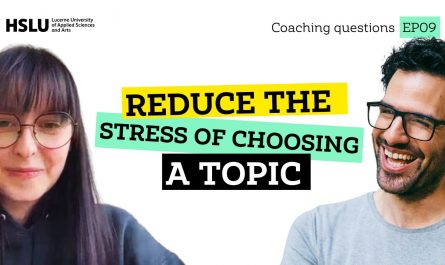In this first episode of the coaching notes, I’m sharing with you four smart questions brought by the students during my Service Design coaching with short answers.
The four question were:
- Focus: How can I focus even more my work so that it leads to better results?
- Deliverable: What’s the deliverable of a Service Design project? Is it the Service Blueprint? Is it the customer journey? Is it an empathy map?
- Workshops: How can I facilitate a workshop session?
- Psychological safety: How do I manage the relationships and conflicts that might happen in a workshop?
Watch the video
Transcript
This transcript was fully generated using Descript. The transcript wasn’t corrected. Which means it can be pretty creative, funny or wrong at moments.
Introduction
What’s the type of questions that we cover in Service Design coaching within the Master Service Design of the HSLU. Today, I’ve selected 4 super smart questions from students that I’d like to share with you.
How to focus your project?
Polina asked: how can I focus even more my work so that it leads to better results?
Having a clear enough scope is something that is often difficult in a student project.
The tip that we explored with Polina was about location.
For example, choosing a specific service or place that you can use as a base for a project. If your project is about improving libraries, then instead of keeping it super general, choose a local library that you can work with.
The same goes for any other type of service.
If you’re trying to improve what it means to go in a funeral or a Memorial. Then here again, choose a specific location that you can use as a basis.
What’s a Service Design deliverable?
Kseniia asked another question: What’s the deliverable of a Service Design project? Is it the Service Blueprint? Is it the customer journey? Is it an empathy map?
Obviously I’m biased because I love to build things. For example, a Service Blueprint isn’t so much a deliverable, but rather a step that brings you to a deliverable. But then you might ask Daniele what’s a deliverable?
The deliverables are all the tiny changes that you make in a service. The tiny prototypes that you created and tested. The tiny things that you implemented in real life. Those are the deliverables.
And to get there, sometimes you need a Service Blueprint or another method.
How to facilitate a workshop?
Maia asked two questions about workshops. The first one was:
How can I facilitate a workshop session?
For this question the one answer that I’m selecting to share with you is not something that came from me. It’s something that came from her.
In fact in that coaching session, we use a little game that I often use doing coachings. I asked Maia to answer the same question, but as if it was asked by someone totally different, who is maybe called Maio.
One of the best tips that she gave to Maio not herself, but Maio. Was to start to write down the goals that you want to achieve at the end of the workshop. And from there: start to see how you can get there.
Starting with the end is something that makes so much sense, but we often forget to start there.
How to manage conflicts in workshops?
The second question that Maia asked was:
How do I manage the relationships and conflicts that might happen in a workshop?
Use and set up roles at the beginning of the workshop. Because as a facilitator, you don’t have to do everything. You can indeed outsource parts of the work that you don’t feel comfortable with to other people.
For example, if you’re not the best note taker. Then you can ask a workshop participant to help you with the note taking.
The same goes also with the conflict management part.
Often in a workshop group, there is some wise older person who knows how to deal with conflicts. She has seen plenty of conflicts in her life and she knows how to go through them.
Therefore, before the workshop, you can engage with this wise person and ask her if she would be willing to have the role of the conflict resolution person.
Then on the day of the workshop in your introduction, you can clarify the different roles that people have.
Usually saying that there is a conflict resolution person in the room is already enough to create a safe space where people can really collaborate in a positive and respectful way.
These were just a few highlights of the coaching session that happened today within the master Design and Service Design at the HSLU.



